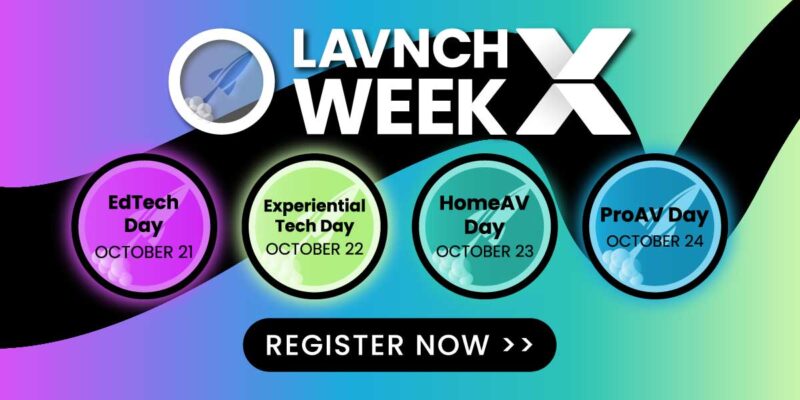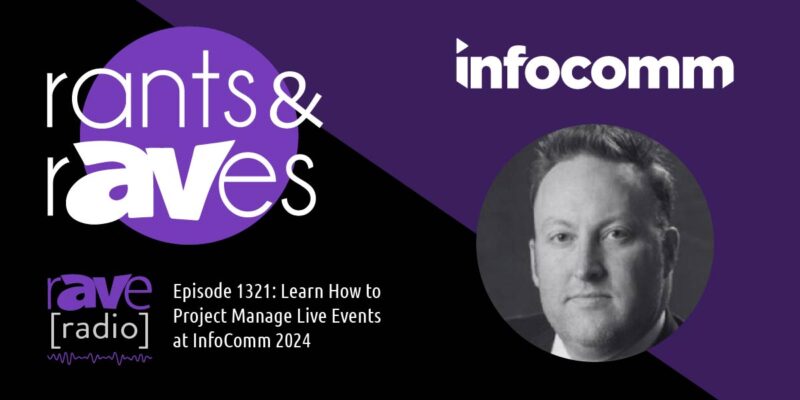Manage Your Projects – And Your People
 This month’s column is a little bit different from others in the past. I some ways, I am not ever writing about AV or education. Instead, I am writing about something that is near and dear to all tech manager’s hearts, and I am assuming everyone who does work of any type: management. How do you keep track of your projects and your people? Last month, I wrote about how crazy August and September are for people in the education world. It gets to the point by the end of August, I am asking the people that work for me the same question, three times in an hour, just to make sure we don’t miss anything.
This month’s column is a little bit different from others in the past. I some ways, I am not ever writing about AV or education. Instead, I am writing about something that is near and dear to all tech manager’s hearts, and I am assuming everyone who does work of any type: management. How do you keep track of your projects and your people? Last month, I wrote about how crazy August and September are for people in the education world. It gets to the point by the end of August, I am asking the people that work for me the same question, three times in an hour, just to make sure we don’t miss anything.
For years, I have struggled with finding the right tool to manage and plan the projects. I was always a whiteboard kind of guy. My office whiteboard had lists of projects, green-lighted projects, costs, calendars and assignments. At meetings, we could look at the board and make sure we were on track. It was easy to change when necessary and clear to read. The only real problem with the whiteboard was that we could only look at it when we were in the office. At a planning meeting elsewhere, or at home at night, I could not refer to it and answer question. Then, a year ago I discovered an even bigger problem. In any type of disaster (in our case a flood), you lose access to the board, and perhaps even all the information on it.
Several months ago at a conference I attended someone told me that they use a computer application to track and manage their projects. I looked into the software, and after about 30 minutes I was completely in love. It has some major features that I look for in tools I want to use. In particular it is free, it is Web-based, it has apps for mobile devices, it’s easy to use and it works!
It is called Trello. Finish reading this column and then go download it.
When you first start using the application it is a little confusing. The problem with it is that it is so flexible, that it takes you a few minute to figure out how to use it get it setup for what works for you. So many of the applications for project management drive you into using their fields, and using it the way they have designed. This lets you completely decide how the application will work for you and your projects.
The concept of Trello is that it is an online bulletin board, or whiteboard. You start by creating a board. On that board you create “lists” and inside of these lists you put cards. Inside of the cards you can put due dates, checklists, labels and attachments. In addition, you can add “members” by simply inviting them to the card via their email address.
As a department we use it for a number of situations. One instance is using it for managing our help desk. We have a board called Room Issues. All calls that come in, go into a card called Problem Report. A short description is entered for each problem report. Obviously, but importantly, it is time-stamped and recorded who entered the call. In fact, you can even add a card via email. So, your customers could enter help requests via email that automatically get entered on your board. Internally, we then assign people to cards and enter due dates, based on the priority of the problem. When the tech takes the call, they move the card to a list called Taken. When they have fixed the problem, they put in notes on what the problem was, and the card gets moved to a Completed list. At our weekly meetings we review all lists, including the completed list before we “archive” the call.
In another instance we have a board for our Digital Media Studios. All project requests that come in get put on a Board called Video Projects. Again, notes are taken and people are assigned. The cards are then moved to appropriate lists based on the staff who took on the project. At each staff meeting we review the taken cards, check on the progress and assign the cards that are not taken.
For our project work we use a board we have called Projects. In this board we have a list for possible projects, green lighted projects and projects that are in process. We use checklists in each of the cards on this list to determine where are on any of these lists.
The best feature of this system is the fact that it is web based. This allows us to see the status of anything we are doing, any time, any place. For the project board, my boss has view access. This allows him to stay up to date on how the projects are progressing and what new projects may be in the pipeline.
If you have struggled for a method to manage your people, and your projects, try this tool. Give it 30 minutes and play with it. I think you will really love it. What do you think? Have you used Trello? Do you use an application that you think is better? Let us hear your comments!





